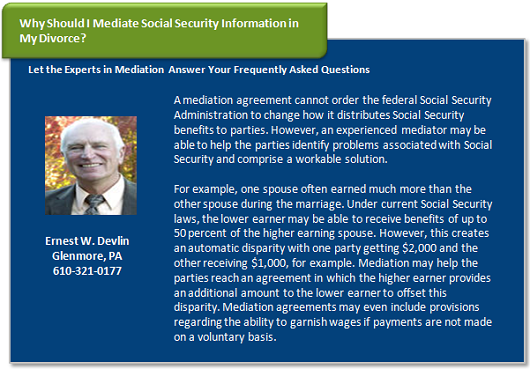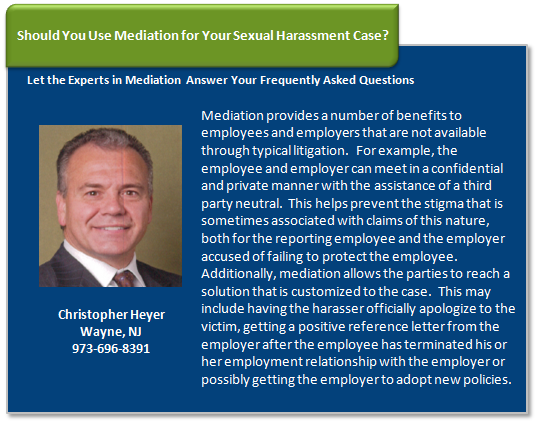People purchase title insurance to ensure that they receive all of the legal benefits to which they are entitled by purchasing real property. However, legal threats may arise if a problem is later discovered with the title. Once the parties agree to mediation, the following process is initiated:
Review of the Insurance Policy
The third-party neutral, the mediator, will want to read the title insurance policy that is in dispute. He or she can evaluate the clear meaning of the contract terms or determine that there is some ambiguity in the contract language. Both parties should state their opinion about the particular provisions that are at issue and why the case should be decided in their favor.
Review of Laws
The mediator will want to be familiar with the legal rules and constructions that may apply to the case. This may be based in state statutes, or it may be based in decisions reached by courts that establish precedent. Precedent can significantly impact title decision cases and other insurance policy cases more than in many other cases. The parties’ attorneys may take turns giving their arguments and why the court would likely rule in their favor. Another important aspect of the case to evaluate is the choice of law that is being used. If the parties contend that different state laws should apply, they should include this information in the pre-mediation brief.
Assessment of Strengths and Weaknesses
Once the mediator has a thorough understanding of the legal and practical issues at hand, he or she may be able to help guide the parties toward a solution. The mediator can listen to the strengths and weaknesses of each side and provide feedback about which way the court may rule. He or she can point out the risks of litigating such a claim, including the potential damages at stake.






 When placing a loved one in a nursing home, their safety and comfort are the family’s primary concerns. There are far too many stories of nursing home abuse and neglect. Some of the following situations are some of the most common reasons for nursing home disputes.
When placing a loved one in a nursing home, their safety and comfort are the family’s primary concerns. There are far too many stories of nursing home abuse and neglect. Some of the following situations are some of the most common reasons for nursing home disputes. Eminent domain describes the ability of the state to take private property for public use. It is easy to understand why something like this could trigger a vicious legal battle that takes a great amount of time to resolve. Unfortunately, within that timeframe, individuals can exhaust their resources fighting the government and the project the government intended to create can go undone, which can be a detriment to society.
Eminent domain describes the ability of the state to take private property for public use. It is easy to understand why something like this could trigger a vicious legal battle that takes a great amount of time to resolve. Unfortunately, within that timeframe, individuals can exhaust their resources fighting the government and the project the government intended to create can go undone, which can be a detriment to society.
 Despite popular opinion, a valid sexual harassment case can be difficult to prove and cannot be premised on isolated events that are not serious in nature. Instead, the employee who makes a legal claim of sexual harassment must show several elements, generally with proof by a preponderance of the evidence.
Despite popular opinion, a valid sexual harassment case can be difficult to prove and cannot be premised on isolated events that are not serious in nature. Instead, the employee who makes a legal claim of sexual harassment must show several elements, generally with proof by a preponderance of the evidence.